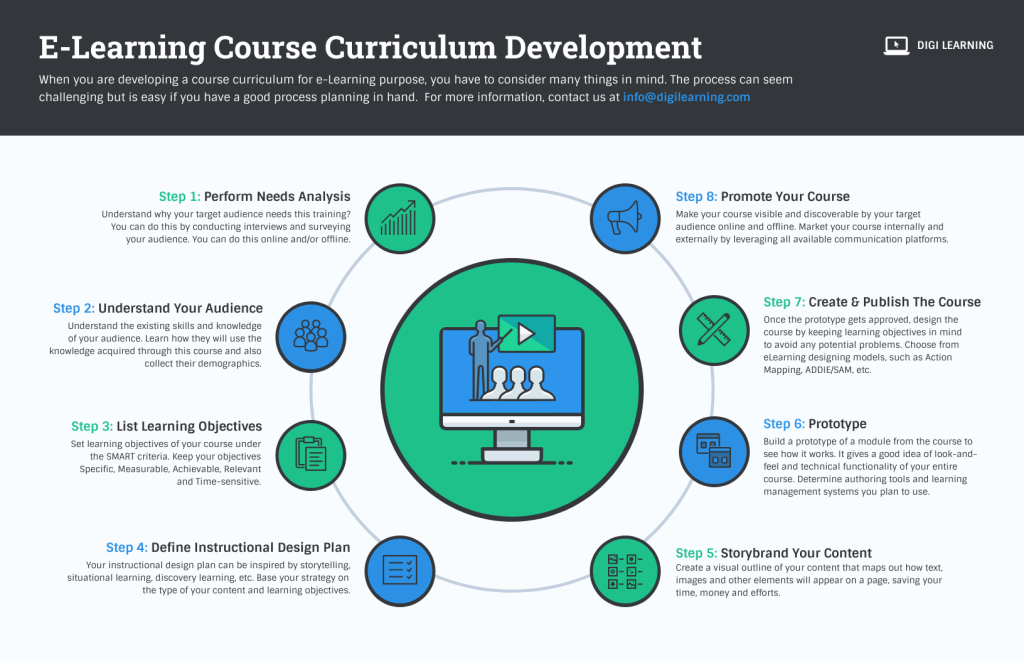
In an ever-evolving tech landscape, organizations understand the importance of investing in their employees’ growth and development. Continuous learning initiatives have emerged as a powerful tool to equip employees with new skills, improve their performance, and foster innovation within the organization. This article explores the significance of continuous learning initiatives in the tech industry and how they contribute to employee growth.
Why Continuous Learning Matters:
1. Improving technical skills:
Continuous learning initiatives ensure that employees stay up-to-date with the latest advancements in technology. Regular training, workshops, and webinars help them enhance their technical skills and adapt to changing industry trends. This not only boosts employee confidence but also enables them to deliver high-quality work, leading to increased productivity and client satisfaction.
2. Fostering innovation:
In a tech-driven world, innovation is crucial for businesses to stay ahead of the competition. Continuous learning initiatives play a pivotal role in encouraging employees to think outside the box, explore new ideas, and tackle complex challenges. By providing opportunities for creative thinking and brainstorming sessions, organizations create a culture of innovation, driving growth and success.
3. Enhancing problem-solving abilities:
Technology often presents employees with intricate problems that require critical thinking and problem-solving skills. Continuous learning initiatives offer employees the knowledge and tools necessary to overcome obstacles effectively. By developing a problem-solving mindset through training programs or workshops, organizations empower their employees to make efficient and informed decisions, leading to improved overall performance.
Implementing Continuous Learning Initiatives:
1. Customized training programs:
To leverage the benefits of continuous learning initiatives, organizations must offer training programs tailored to each employee’s needs. By assessing employees’ skills gaps and specific requirements, organizations can curate training modules that address these areas. Whether it’s through e-learning platforms, on-site workshops, or external certifications, a well-designed training program can provide employees with the tools they need to grow professionally.
2. LMS platforms and e-learning modules:
Learning Management Systems (LMS) platforms have revolutionized employee training and development. These platforms provide organizations with a centralized platform to deliver training content conveniently. E-learning modules, accessible through LMS platforms, allow employees to learn at their own pace, anytime and anywhere. This flexibility ensures that continuous learning initiatives are not constrained by time or location, thus maximizing employee participation and engagement.
3. Encouraging peer-to-peer learning:
Peer-to-peer learning can be a highly effective method for employee growth. By fostering a collaborative environment, organizations can encourage employees to share their knowledge, experiences, and best practices with their colleagues. This can take the form of mentorship programs, knowledge-sharing sessions, or cross-functional team projects. Peer learning not only expands an individual’s skill set but also enhances teamwork and camaraderie within the organization.
Maximizing Continuous Learning Initiatives’ Impact:
1. Recognizing and rewarding achievements:
To motivate employees to actively engage in continuous learning initiatives, organizations must recognize and reward their achievements. This can be done through various means, such as certifications, promotions, or special acknowledgments. By placing value on continuous learning, organizations emphasize the importance of personal growth and create a positive work environment that encourages employees to continually improve themselves.
2. Creating a learning culture:
Leadership plays a crucial role in shaping a learning culture within an organization. When leaders actively display their commitment to continuous learning, employees are more likely to follow suit. Encouraging open communication, providing resources for learning, and organizing regular knowledge-sharing events can cultivate a culture where continuous learning is celebrated and embraced at all levels.
Conclusion:
Continuous learning initiatives have become an integral part of employee growth and development in the tech industry. By investing in employees’ learning and providing them with the necessary tools, organizations empower their workforce to succeed in a fast-paced and dynamic environment. From technical skills development to fostering innovation and problem-solving abilities, continuous learning initiatives pave the way for individual and organizational growth. Embracing these initiatives positions tech companies to remain at the forefront of the industry and achieve long-term success.


